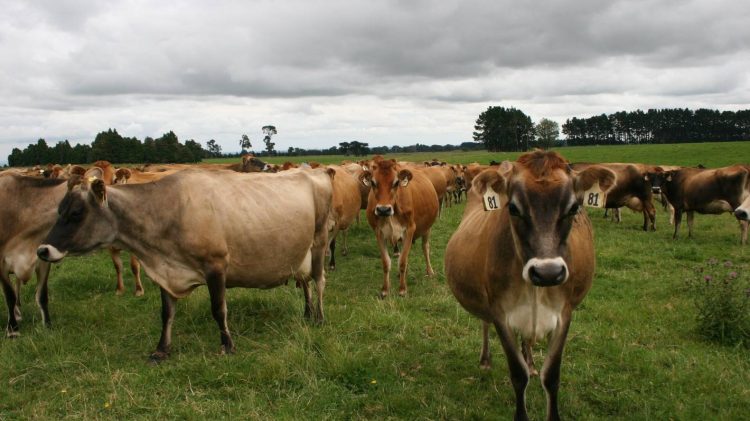팜게이트 우유 가격이 인상될 것으로 예상되어 낙농가들에게 약간의 안도감이 생겼습니다.하지만 가격이 더 안정될 때까지 예산을 신중하게 관리하는 것이 좋습니다.
Federated Farmers (Federated Farmers) 가 다양한 농업 부문의 농민 1000명 이상을 대상으로 실시한 최근 설문조사에 따르면 이들의 신뢰도는 사상 최저치를 기록했습니다.농민연맹 회장인 웨인 랭포드 (Wayne Langford) 는 농민들이 높은 이자율, 심각한 인플레이션, 육류 및 우유 가격 하락 등에 시달리고 있다고 언급했습니다.추가 규제 변경으로 인해 수익과 확실성이 더욱 저하되었습니다.
Beef + Lamb New Zealand (B+LNZ) CEO인 샘 맥아이버 (Sam McIvor) 는 농민들이 글로벌 시장 수요와 비용 상승으로 인해 압박을 받고 있다고 말했습니다.주요 구매국인 중국의 양과 소고기 재고 증가로 인한 압박도 받고 있습니다.그러나 그는 B+LNZ가 새로운 글로벌 시장을 적극적으로 개척하고 있다고 덧붙이며 뉴질랜드의 영국 쇠고기 수출 잠재력을 강조했습니다.
McIvor는 품질 좋은 육류에 대한 뉴질랜드의 명성이 얼마나 중요한지 강조하면서, 이는 안목 있는 구매자들의 관심을 끌고 있다는 점을 언급했습니다.기후 측면에서 McIvor는 지속 가능한 저탄소 생산을 위한 B+LNZ의 노력에 대해 설명하면서 뉴질랜드 농민들이 시장 및 기후 변화에 가장 잘 적응하고 있다고 평가했습니다.
유제품 부문에서는 Fonterra의 2023/24 시즌 전망이 개선되었습니다.처음에는 전망치가 MS당 6.25~7.75kg으로 설정되었지만 10월에는 MS당 6.50~8.00kg 달러로 인상되었습니다.이러한 조정으로 인해 많은 농민들이 손익분기점에 근접하고 있습니다.그러나 Dairynz 회장인 Jim van der Poel은 수정된 전망치가 긍정적이기는 하지만 여전히 많은 농가의 손익분기 가격보다 낮다고 강조했습니다.그는 Dairynz가 어려운 시기에 농민들에게 지원과 자원을 제공하고 있다고 언급했습니다
.





























































